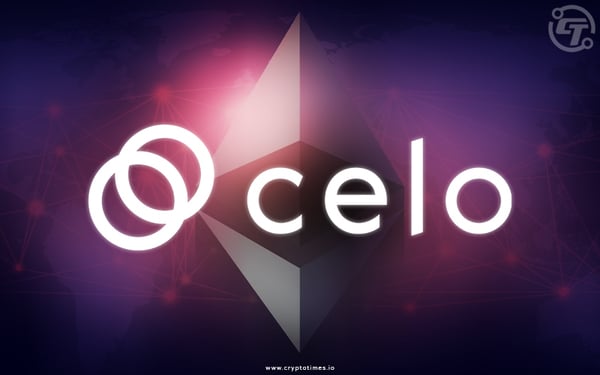The creator of Celo blockchain, CLabs is embarking on an exciting journey to return to the Ethereum ecosystem. Their plan involves transitioning from an independent layer-1 blockchain to a cutting-edge layer-2 solution built on Ethereum. This move aims to unleash the full potential of Ethereum’s tooling and libraries for Celo developers while ensuring seamless compatibility.
One key aspect of this proposal is the utilization of OP Stack, a robust architecture that empowers Celo to operate as an Ethereum layer-2 blockchain. By embracing this framework, Celo will eliminate the need for painstakingly monitoring tooling and library composability during upgrades.
The transition also brings forth remarkable advantages. It includes the introduction of an off-chain data availability layer managed by Ethereum node operators and safeguarded by restaked Ether (ETH).
By embarking on this transition, Celo strives to maintain low gas fees while enhancing security measures. With the implementation of an L2 solution featuring off-chain data availability, gas fees can be significantly reduced compared to other layer-2 solutions.
Importantly, end-users and CELO token-holders will experience a seamless migration, unaffected by the technical changes taking place. Token-holders will retain control over core contracts, actively participating in governance proposals through voting. Furthermore, CELO tokens will continue to serve as a means to pay for gas.
While this transition primarily focuses on technical aspects, it holds implications for the broader Celo ecosystem. The adoption of an Ethereum layer-2 solution could potentially foster increased liquidity flow between Celo and other chains.
Also Read: Coinbase’s Ethereum Layer 2 Solution ‘Base’ Set to Mainnet Launch
However, it may also introduce additional costs for sequencers, such as fees on the data availability layer and gas on Ethereum. The impact of sequencer rewards compared to current validator rewards remains uncertain.






